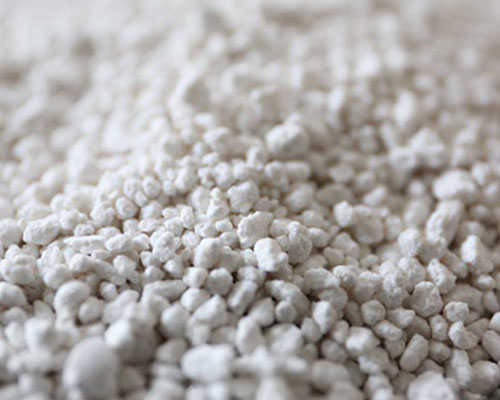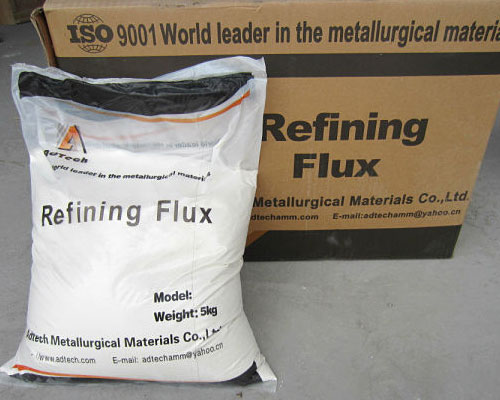The composition of the salt fluxes protects the molten aluminum from oxidation, and protects the molten aluminum from the oxide film from the strip, so that the molten aluminum droplets can coalesce and maintain the oxide film in the suspension so that the molten aluminum can be recovered.
The salt fluxes composition includes standard purity NaCl and/or KCl, a carbon source and a fluoride source. The salt flux composition minimizes the deleterious effects associated with sulfate impurities that are usually found in standard purity salt. The amount of carbon source and fluoride source, together with standard purity NaCl and/or KCl, is effective to improve coalescence and reduce the recovery loss of aluminum from molten aluminum, the improvement is relative to the salt flux composition , Which contains standard purity salt without carbon source and fluoride source.
In an important aspect, the salt fluxes composition contains standard purity NaCl and/or KCl, a carbon source, an alkaline reagent and a fluoride source, where the amount of carbon source, alkaline reagent and fluoride source, and a standard purity salt flux in the salt The composition can be effectively used to improve coalescence and reduce the recovery loss of aluminum from molten aluminum scrap, especially the specific alloy aluminum contained therein. Compared with the process using similar conditions and standard purity salt flux, this improved composition basically consists of standard purity salt, without carbon source, alkaline reagent and fluoride source. Generally, the salt flux composition contains at least about 1% by weight, preferably about 1 to about 7% by weight of a carbon source, at least about 1% by weight, preferably about 1 to about 3% by weight of alkali agent, and at least about 3 and 10% by weight alkali agent. The fluoride source is preferably about 3 to about 7% by weight, all based on the weight of the salt flux composition. Generally, the salt flux composition contains about 83 to about 95% by weight of NaCl and/or KCl.

Including a carbon source, an alkaline agent and a fluoride source in the salt fluxes composition facilitates the use of standard purity salts (NaCl and/or KCl). A standard purity salt flux will have at least about 0.3% by weight sulfate. The use of a salt flux having a standard purity of at least about 0.5% by weight of sulfate is allowed, but provides an increased aluminum recovery rate compared to the method using the salt flux. The composition basically consists of alkali metal salt of standard purity without carbon source, alkaline reagent and fluoride source. The composition and method will also at least maintain or improve the coalescence of aluminum compared to methods using a salt flux consisting essentially of high purity alkali metal salts such as NaCl and/or KCl.
As mentioned earlier, the use of carbon sources, alkaline reagents and fluoride sources eliminates the use of high-purity salts in the flux composition to obtain at least the same or better degree of aluminum agglomeration than that obtained using the flux composition. It is basically composed of high-purity or low-purity salt, without carbon source, alkaline reagent and fluoride source. The in-situ use of a standard purity salt fluxes composition containing a carbon source, an alkaline agent and a fluoride source can improve the coalescence and recovery rate of aluminum, which has so far been unpredictable. In addition, because the flux includes standard purity salts, the cost of the flux composition can be significantly reduced.

